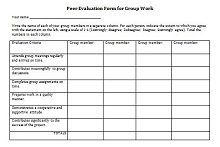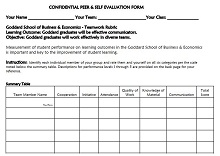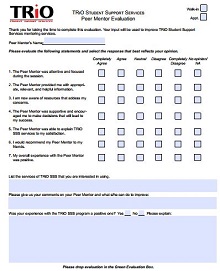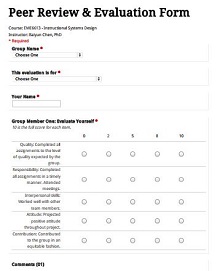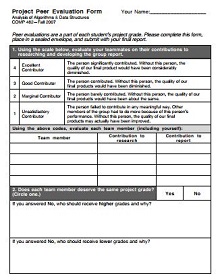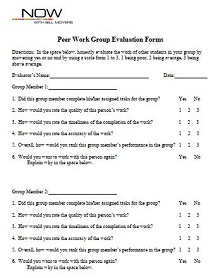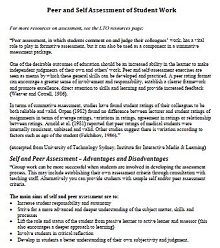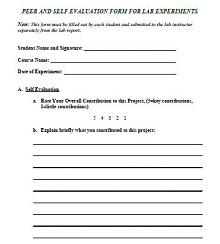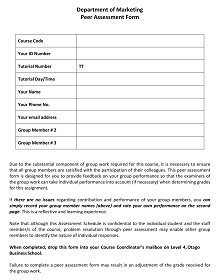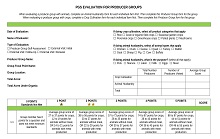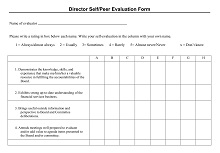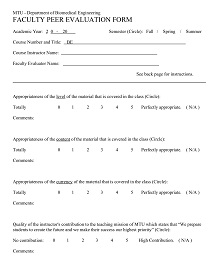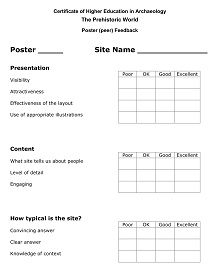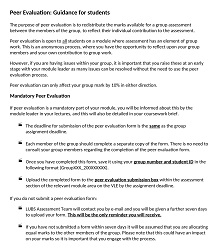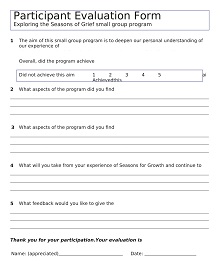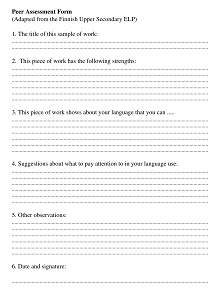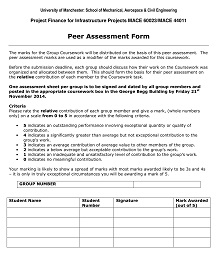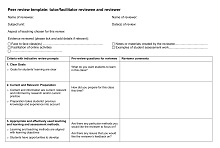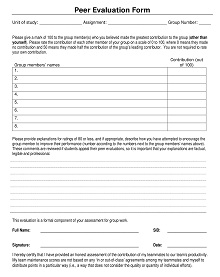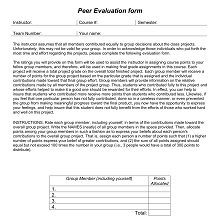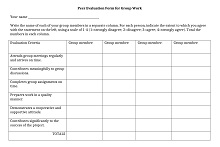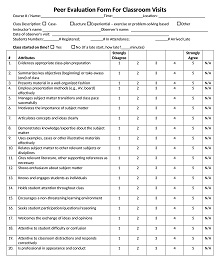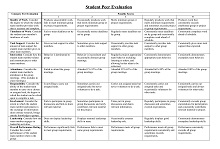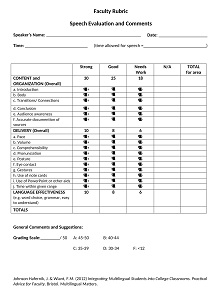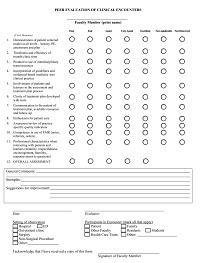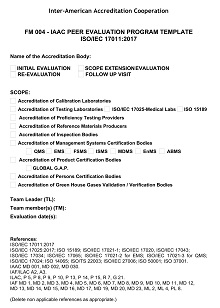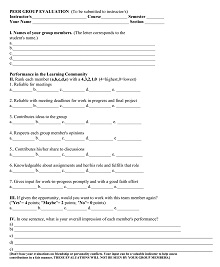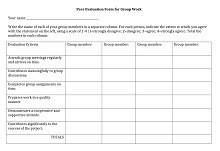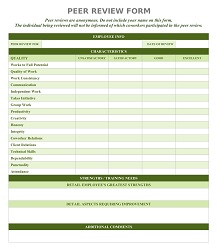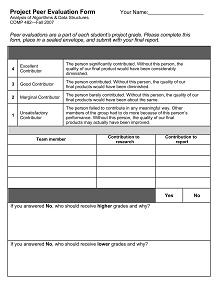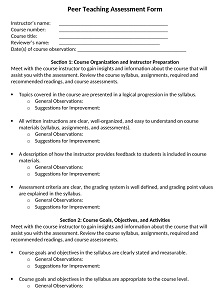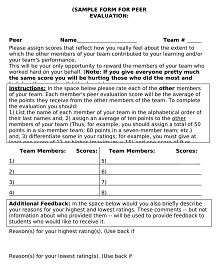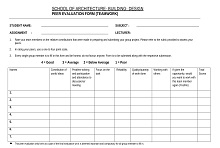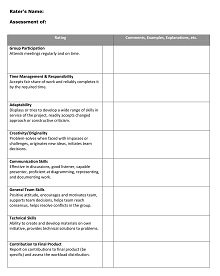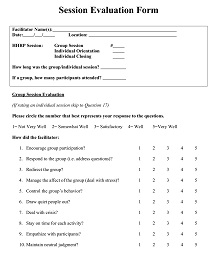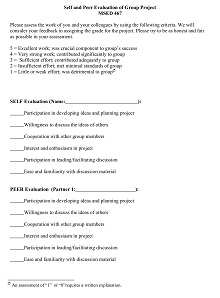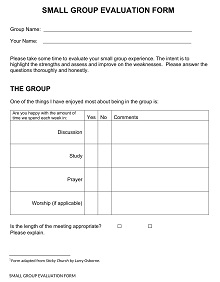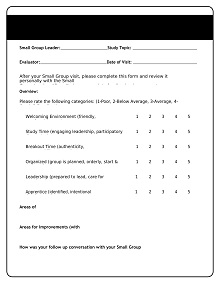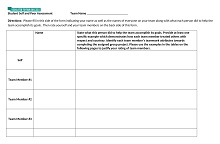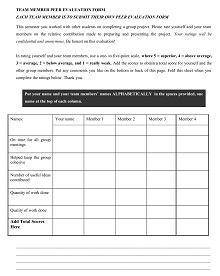50+ Peer Assessment Examples & Templates (PDF, DOC)
Peer assessment is a great way for teachers to get feedback from students about their own learning, and with the help of templates, it’s even easier. With peer assessment templates, teachers can customize the assessment categories and criteria to align with their objectives. Students are then able to provide meaningful feedback to each other which is essential in fostering cooperative learning in the classroom.
This tool ensures that students are able to understand the grading process and set goals for themselves by seeing what their classmates have achieved. Furthermore, it enables students to gain insight into how others think, as well as develop important soft skills such as communication and collaboration. All these benefits make the peer assessment example & template an invaluable tool for teachers looking to improve student engagement in their classrooms.
- Accounting Templates
- Art & Media
- Budget Templates
- Business Templates
- Calendar Templates
- Certificates
- Charts
- Education Templates
- Inventory Templates
- Invoice Templates
- Letter Templates
- Medical Templates
- Personal Templates
- Project Plan Templates
- Timesheet Templates
Download Free Peer Assessment Examples
What is Peer Assessment?
Peer assessment occurs when two or more individuals evaluate each other’s work based on certain criteria. This type of evaluation helps foster critical thinking skills by encouraging students to reflect on their own work and that of their peers.
It also promotes collaboration among students, allowing them to learn from one another in a constructive environment. For these reasons, peer assessment has become an increasingly popular tool for educators looking for ways to enhance student learning in the classroom.
Using Peer Assessment Templates
The key to effectively using peer assessment templates lies in choosing the right ones for your class. When selecting templates, it is important to consider your subject matter and the level of your student’s knowledge based on the material being covered.
There are many different types of peer assessment templates available online that can be adapted according to your particular needs. Once you have chosen the right template, you must provide clear instructions on how it should be used by both evaluators and those being evaluated so everyone understands what they are supposed to do with it.
The Benefits of Using Peer Assessment Templates
One of the benefits of using peer assessment templates is that they can help save you time. If you’re creating assessments from scratch, it can be time-consuming to come up with questions and figure out how to grade them. But with a template, all of that work is already done for you. All you need to do is enter the relevant information and you’re good to go.
Another benefit of using peer assessment templates is that they can help ensure consistency in your assessments. If you’re creating assessments on your own, it’s easy to forget things or accidentally leave something out. But when you use a template, everything is laid out in front of you so you can be sure that you’re including everything you need. This can be especially helpful if you’re creating assessments for multiple people or multiple purposes.
Finally, peer assessment templates can also help promote collaboration among assessors. When assessors work together on an assessment, they can provide feedback to each other on what they think about the questions and the overall format. This can help improve the quality of the assessment and ensure that everyone is on the same page.
How Can You Create an Effective Template?
When creating a peer assessment template, it’s important to keep your target audience in mind. Make sure that you create a template that is simple enough for them to understand but detailed enough so that they are able to provide meaningful feedback about their peers’ work.
Additionally, you want to make sure you include questions or criteria that are relevant to the assignment and help your students further develop their critical thinking skills. Lastly, you should also provide clear instructions on how your students should use the template and what information they need to focus on when evaluating each other’s work.
How Can You Use Peer Assessment Templates Effectively?
Once you have created your peer assessment template and provided clear instructions for its use, it’s time for your students to start using it. Start by breaking your class into small groups and assigning each group a project or task related to the material being studied in class.
Then have each student use the template while evaluating his or her peers’ work within the group setting before finally submitting their assessments back to you for review and evaluation. This will allow you to see how well they understand and interpret the material while also giving them an opportunity to practice giving constructive criticism in a supportive environment.

